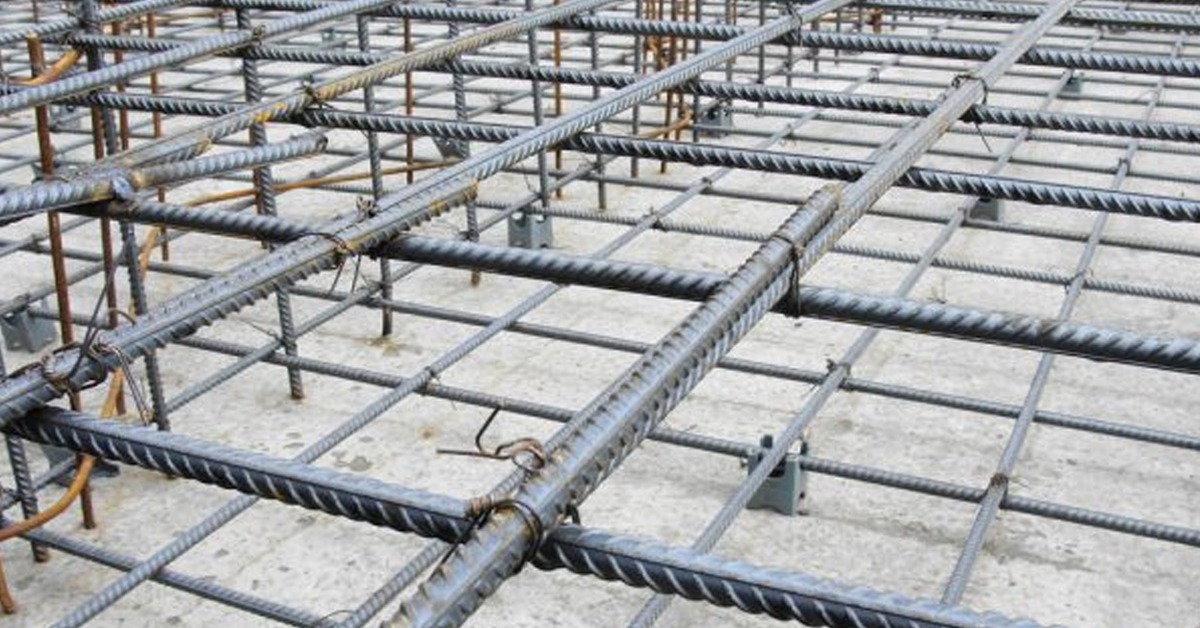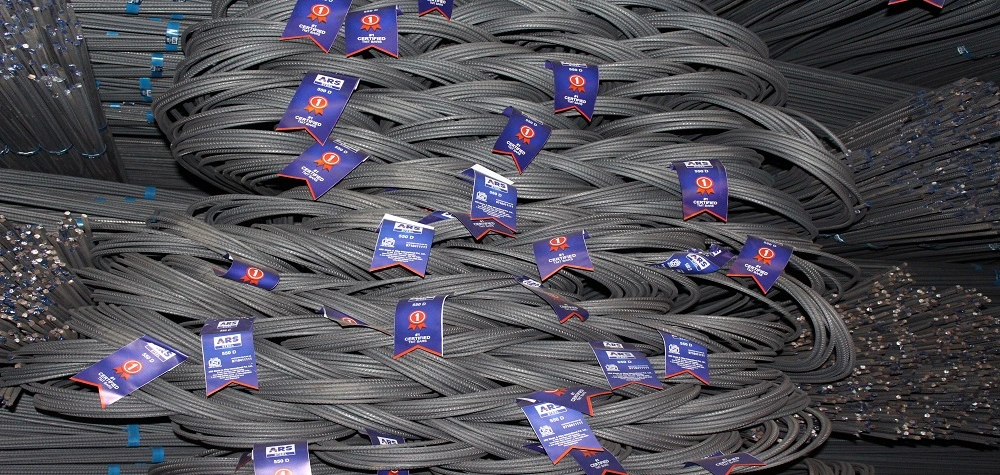Different Types of Slabs in Construction
In construction, slabs are horizontal structural elements that create floors and ceilings in buildings. They are crucial for providing flat surfaces, bearing loads, and distributing weight evenly to the foundation. Understanding the different types of slabs in construction is essential for architects, engineers, and builders to choose the right slab type for various applications. Here, we’ll explore the types of slabs, their features, and their uses in construction.
Types of Slabs in Construction
Flat Slab
Flat slabs are simple, versatile slabs without beams, directly supported by columns. This type of slab construction is favored for its ease of formwork and efficient use of space, making it suitable for multi-story buildings, parking garages, and commercial structures. Flat slab allows flexible layout changes and provide a sleek, unobstructed ceiling. They are typically reinforced with steel to handle bending moments and shear forces.
One-Way Slab
One-way slabs are supported by beams on two opposite sides, causing the load to be carried in one direction. This type of slab is commonly used in rectangular areas where the length is more than twice the width. One-way slabs are ideal for residential buildings and office spaces, where the structural design requires straightforward load distribution. They are efficient and economical for small to medium spans.
Two-Way Slab
Two-way slabs are supported on all four sides and carry loads in both directions. This type of slab construction is suitable for square or nearly square spaces where the length-to-width ratio is less than two. Two-way slabs are commonly used in large floor areas of commercial and institutional buildings. They provide better load distribution and structural integrity for larger spans compared to one-way slabs.
Hollow Core Slab
Hollow core slabs are precast concrete slabs with continuous voids or cores running through their length. These cores reduce the weight of the slab and improve its thermal and acoustic properties. Hollow core slab construction is ideal for large-span floors in residential, commercial, and industrial buildings. They offer rapid installation, cost efficiency, and reduced material usage, making them a popular choice in modern construction.
Precast Slab
Precast slabs are manufactured off-site and transported to the construction site for installation. This method allows for precise quality control and faster construction times. Precast slab construction is commonly used in large-scale projects such as parking structures, bridges, and high-rise buildings. These slabs can be customized to meet specific design requirements and are known for their durability and strength.
Composite Slab
Composite slabs combine concrete and steel decking to create a robust structural element. The steel decking acts as a formwork during construction and reinforces the concrete once it hardens. This type of slab construction is popular in multi-story buildings, particularly where speed and efficiency are critical. Composite slab provides excellent load-bearing capacity and reduce the need for temporary supports, making them cost-effective and practical.
Waffle Slab
Waffle slabs, also known as grid slabs, feature a grid-like pattern of ribs on the underside, giving them a waffle appearance. This type of slab construction reduces the amount of concrete used while maintaining strength and rigidity. Waffle slabs are ideal for long spans and areas requiring minimal deflection, such as auditoriums, industrial buildings, and commercial spaces. They offer aesthetic appeal and structural efficiency.
Post-Tensioned Slab
Post-tensioned slabs incorporate high-strength steel tendons that are tensioned after the concrete is poured and has gained strength. This method increases the slab’s load-bearing capacity and allows for longer spans with thinner slabs. Post-tensioned slab construction is used in high-rise buildings, parking structures, and bridges where minimizing deflection and cracks is crucial. These slabs are known for their durability and ability to handle dynamic loads.
Conclusion
In conclusion, understanding the different types of slabs in construction is vital for achieving the desired structural performance, efficiency, and aesthetic goals. From flat slab to composite slab, each type offers unique benefits and applications. Proper slab selection enhances building safety, functionality, and longevity, ensuring that structures meet the specific needs of their intended use. Explore ARS Steel, a leader with over two decades of expertise in manufacturing ‘D’ quality TMT bars, perfect for laying concrete slabs in your construction projects.



